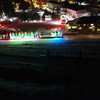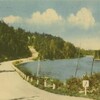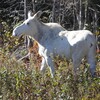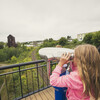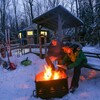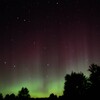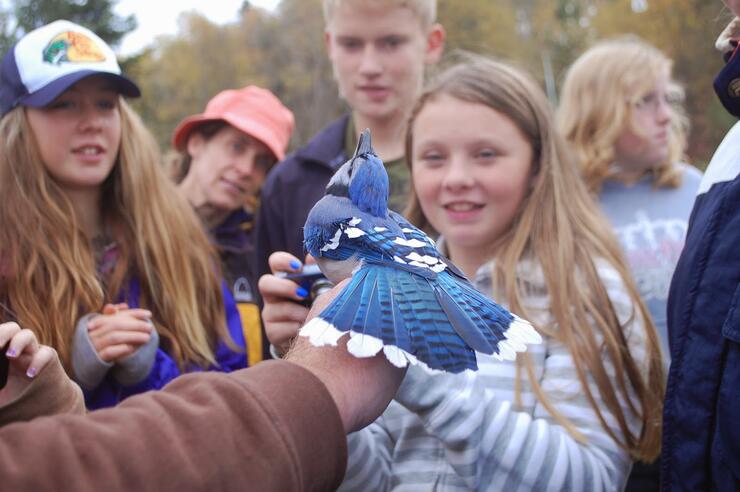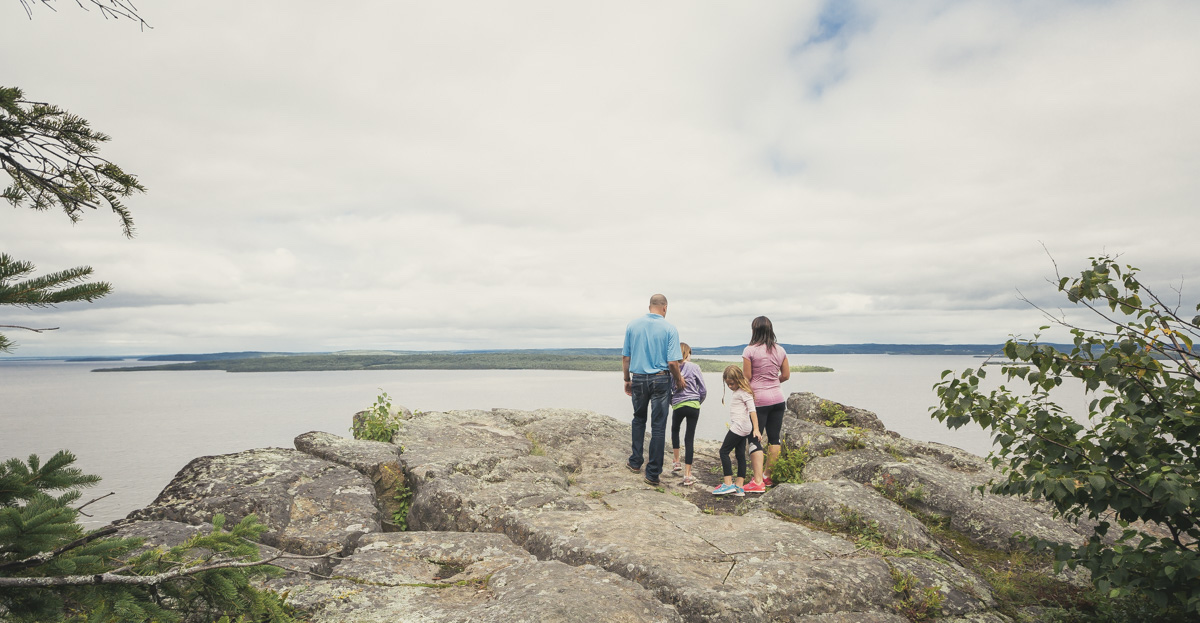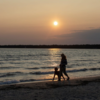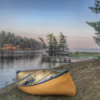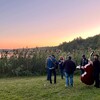
Northeastern Ontario is for the Birds (And Bird Watchers!)
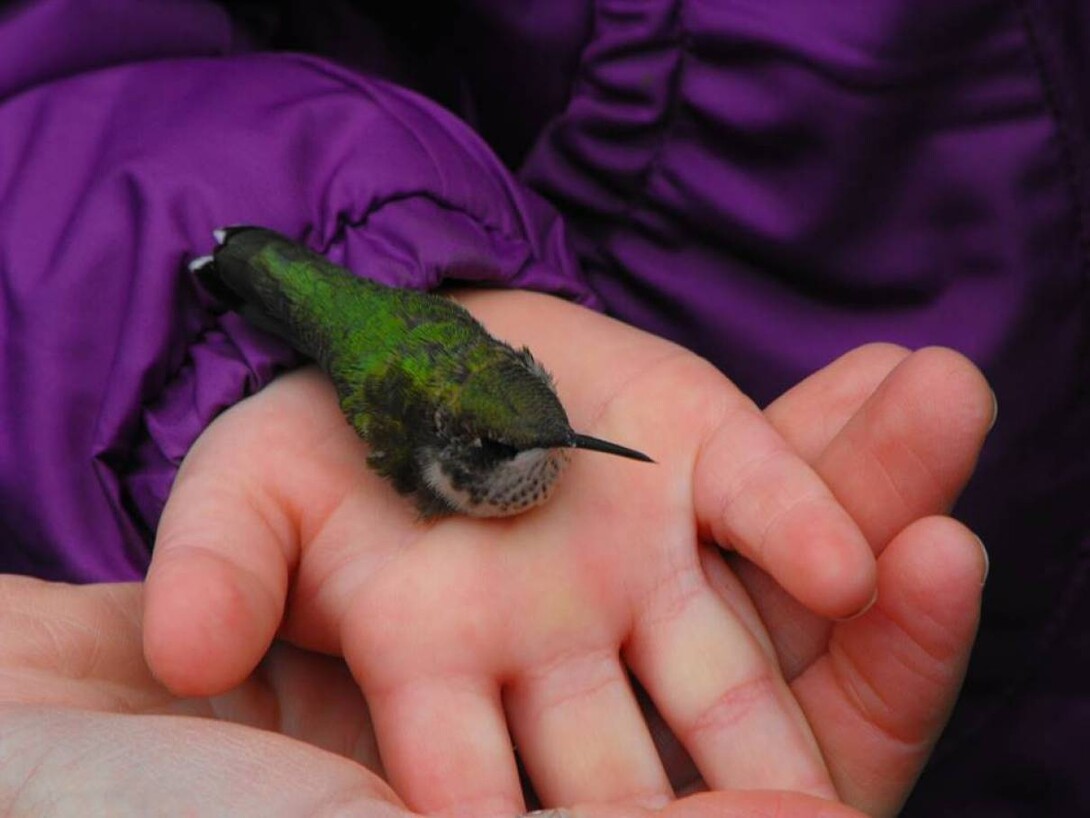
Those of us who live close to the urban areas of southern Ontario are woefully unaware of the birding experiences that await us just a day's drive away in Ontario's north. While we get excited at watching birds of prey, warblers, and waterfowl as they migrate by, it is even more rewarding to visit northern Ontario to see these same birds in their native breeding habitat. And, to make Northeastern Ontario even more exciting for birders, winter birding can add northern rarities to your birding bucket list.
Here is a small sample of the must-visit locations for bird lovers in Northeastern Ontario.
Hilliardton Marsh
Hilliardton Marsh, just 15 kms southeast of Englehart, rightfully deserves to be on the list of all-Ontario top-10 birding hot spots. In fact, it is not too much to say that this is a refuge of continental importance for migrating waterfowl en route to James Bay and the Arctic.
This 1,800-acre marsh is home to over 600 species of resident and migrating water and wetland birds. The marsh is a carefully managed restoration project of local naturalists, various levels of government, and Ducks Unlimited. The area includes watery marshlands, ponds, and upland areas planted in tall grass prairie, all with habitat boosters such as nest boxes for tree swallows, wood duck, common goldeneye and hooded merganser. In addition to ducks, grebes, and heron, nature lovers will also spot muskrat, beaver, moose, and perhaps lynx, otter and other mammals. These are all spotted along trails, berms, and boardwalks, which have interpretive signage.
Hilliardton Marsh runs a very active education program for visiting school and community groups. Special events include songbird banding (May to mid-June and mid-Sept to mid-Oct). Owl banding also takes place in October. Birders are advised to make the most of a visit by contacting the Marsh and arranging for a guided tour.
Owl Banding
Birdwatchers aren't your typical tourists, and you won't find them in the usual tourist hotspots. While you are in the Hilliardton Marsh area, do what most experienced birders do, and check out the local sewage lagoons (Englehart's being considered the best in the region by expert Clive Goodwin, offering warblers and field sparrows). Nearby Kap-Kig-Iwan Provincial Park has beautiful ravines and riverside trails to wander, and southern birds such as orioles are sometimes spotted here. (And if you didn't know, Kap-Kig-Iwan also claims to be the only northern Ontario park offering camping free from blackflies, due to its high elevation!)
Accommodations Nearby
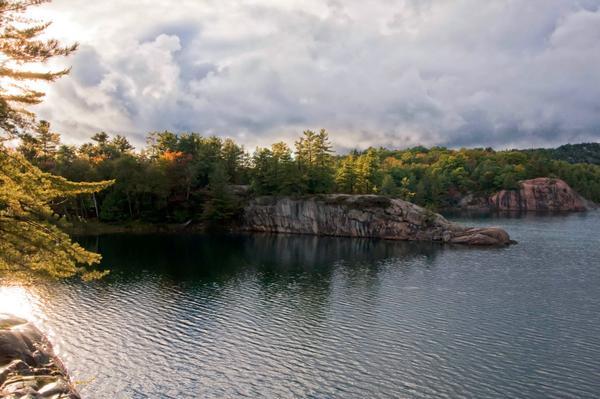
Killarney Provincial Park
The spectacular scenery of Killarney is immortalized by photograph and painting. The sparkling quartz ridges, 50 interior lakes, ancient pictographs, and pioneer settlements make for breathtaking images. Although lesser known for birding, Killarney does offer miles of back country hiking and paddling that will bring visitors to old growth forest, lakeshore, and wetlands that are habitat to northern species of warblers and thrushes, as well as waders and waterfowl.
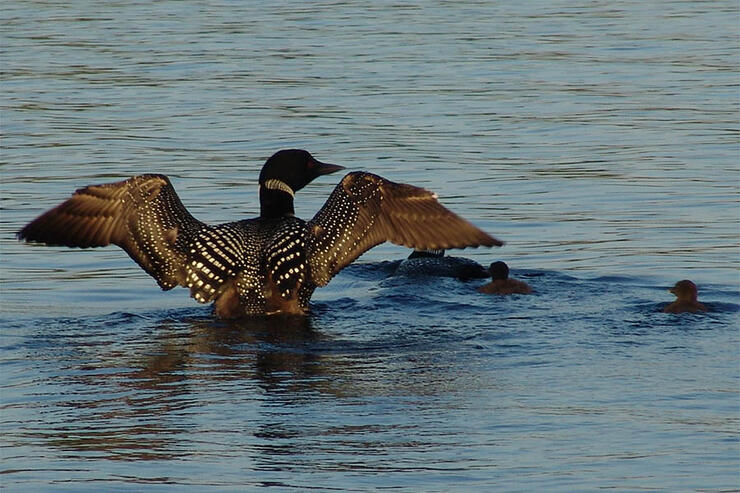
Most important to the birder is the well-known annual Christmas bird count, held by snowshoe in late December. Expert and novice birders alike are welcome to work together to provide a census of the park's wintering species such as owls and intrepid songbirds. Don't worry about freezing your tail or beak off in a tent, the park has yurts available for rental all year round.
Spring and summer bring a waterfowl and loon count as well. During the summer, hikers will want to head for Cranberry Bog Trail (4km, easy) or Lake of the Woods Trail (3km, more challenging). Cranberry Bog isn't just for birdwatching, since Blanding's Turtles and rare Pitcher Plants also live here.
Accommodations Nearby
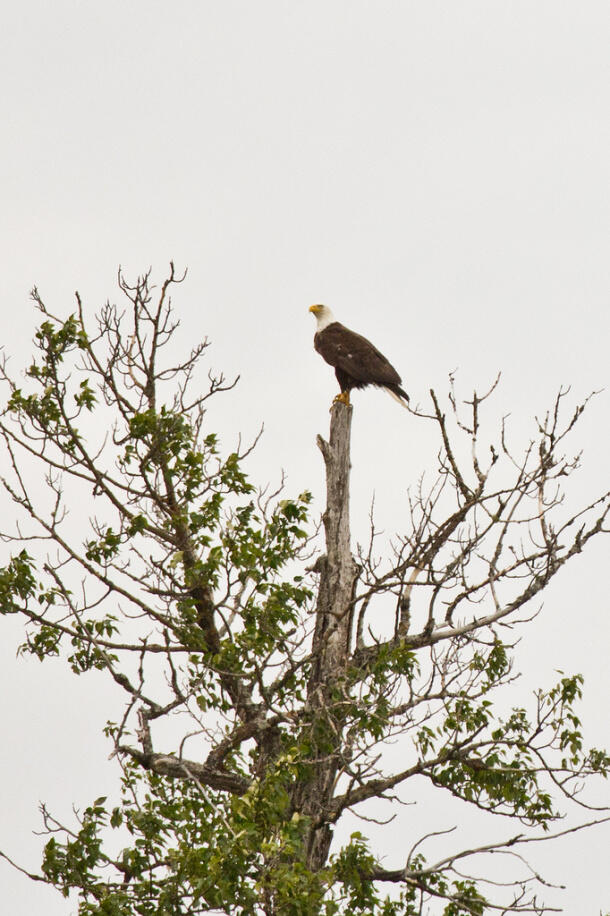
A bald eagle overlooking Moose River - Mike Jacobs
James Bay Wilderness Areas
The James Bay Lowlands have several places of great interest to birdwatchers. And if these areas—Shipsands Island, Moosonee, Moose Factory, and points along the coast east of the Moose River—were located in the south, they would each be hot spots in their own right. But given their remote location and challenges in access, most birding visitors will want to plan to take in at least a few on one trip.

Shipsands Island is about as close to perfection as wilderness birding gets. The adventure starts with a 30-minute boat ride from Moosenee. You'll not only need the boat and an experienced local guide (the local waters are treacherous), but a good plan. Peak season is September. At that time, thousands, and even tens of thousands, of plovers, sandpipers, dunlin, knot, and sanderling feed on the mudflats in preparation for a long migration. And large concentrations of prey attract hawks and owls, including merlin and eagles. As for smaller birds, there are pippits, savannah sparrows, Le Conte's, and sharp-tailed sparrows, yellow rails, and horned larks.
Some travellers may find that the Polar Bear Express train trip from Cochrane to Moosenee (186 miles of boreal forest) enough of an adventure. Birders have been known to spot sandhill cranes and owls from the train, but this has not been the case for this writer. However, there is good birding in both Moosenee proper and in Moose Factory located just across the river (and the location of an eco-lodge, Cree Village).

When you work with a local guide, and you should, a multi-day trip might include Tidewater Provincial Park (trails through spruce bog); Moose River tidal flats; and Moosenee airport and rail lands. The river flats and wetlands can yield sharp-tailed grouse, marbled godwit, while the forested areas are habitat for black-backed and three-toed woodpeckers, orange-crowned warbler, pine grosbeak, and fox sparrow, and alder flycatchers. And this is simply a short list of the possible exciting finds. It's a real treasure hunt. Many expert birders take guided trips to goose hunting camps along the shore of James Bay for more excitement. Again, this is the true north so local assistance is essential.
Local Guide
Accommodations Nearby
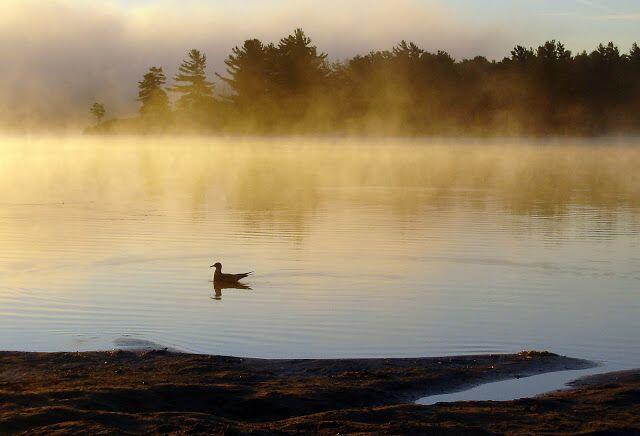
Grundy Lake Provincial Park
If you want to introduce younger campers and explorers to birdwatching, Grundy Lake would be a good place to set out for. This large and busy park has a variety of habitat types, from open water, to river, to marsh, and mixed forest. The first trip should be the Beaver Dams Trail (3.6 km), where it is possible to spot a heronry. There are few active nests among the very bulky stick constructions seen in the top of trees—a pretty exciting sight for most kids. They'll also love seeing an impressive beaver dam and learning how the dam regulates water levels in local lakes.
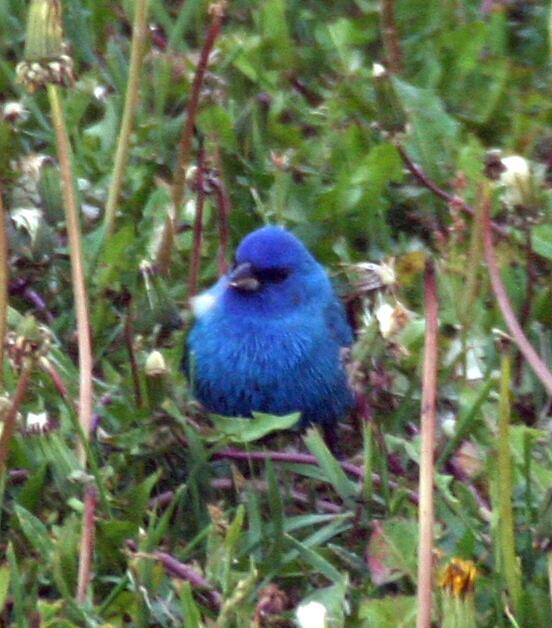
Accommodations Nearby
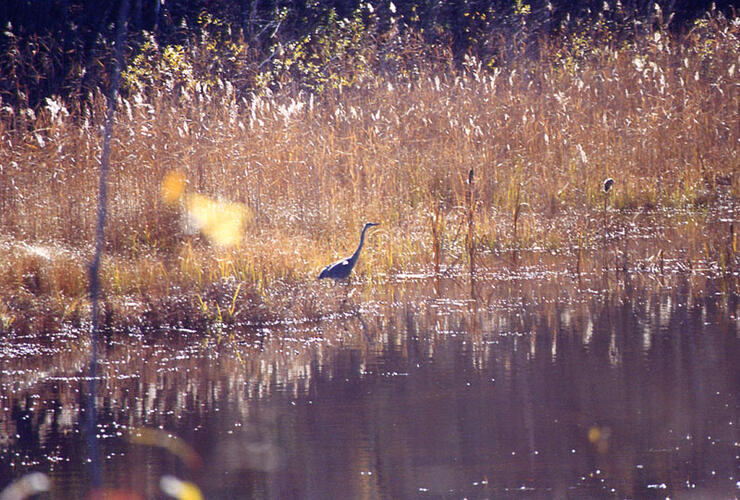
Halfway Lake Provincial Park
This is a personal favourite provincial park. The campsites are beautiful, the landscape make for walking and paddling, and the staff here are about the best around. Add to that some easily accessible northern forest for birding, and you have a good all-around summer destination park. Adventurers will want to paddle the Two Narrows Canoe Route and keep an eye out for nesting bald eagles and an active great blue heron rookery. The water's edge will yield northern forest birds as well as waterfowl, and moose are commonly seen.
Take a trip along Echo Pond Trail (6 kms) for wildlife viewing and terrific family snapshots. And the Osprey Heights trail goes through mixed forest good for thrushes, warblers, nuthatches and woodpeckers. Higher up there is a great view over a lake and you may spot osprey and heron along with beaver and moose.
Recommended Articles
The Seven's Best Hikes, Biking Trails and Lakes

7 Best Spots to Check Out in The Seven

Budget Bliss: Explore Northeastern Ontario Without Breaking the Bank

Bring Your Fam!

Time to Unwind: 6 Spa Havens to Discover In The Seven
5 Amazing Places to SUP in Northeastern Ontario

5 Amazing Bike Rides to Discover

Northern Lights in Northeastern Ontario

Northeastern Ontario's Best Pride Festivals

Fish for one of the World's Rarest Species of Trout

An Insider's Guide to Manitoulin Island

6 Small-Town Gems to Explore in Northeastern Ontario

11 Best Things to Do in Kapuskasing, Ontario



